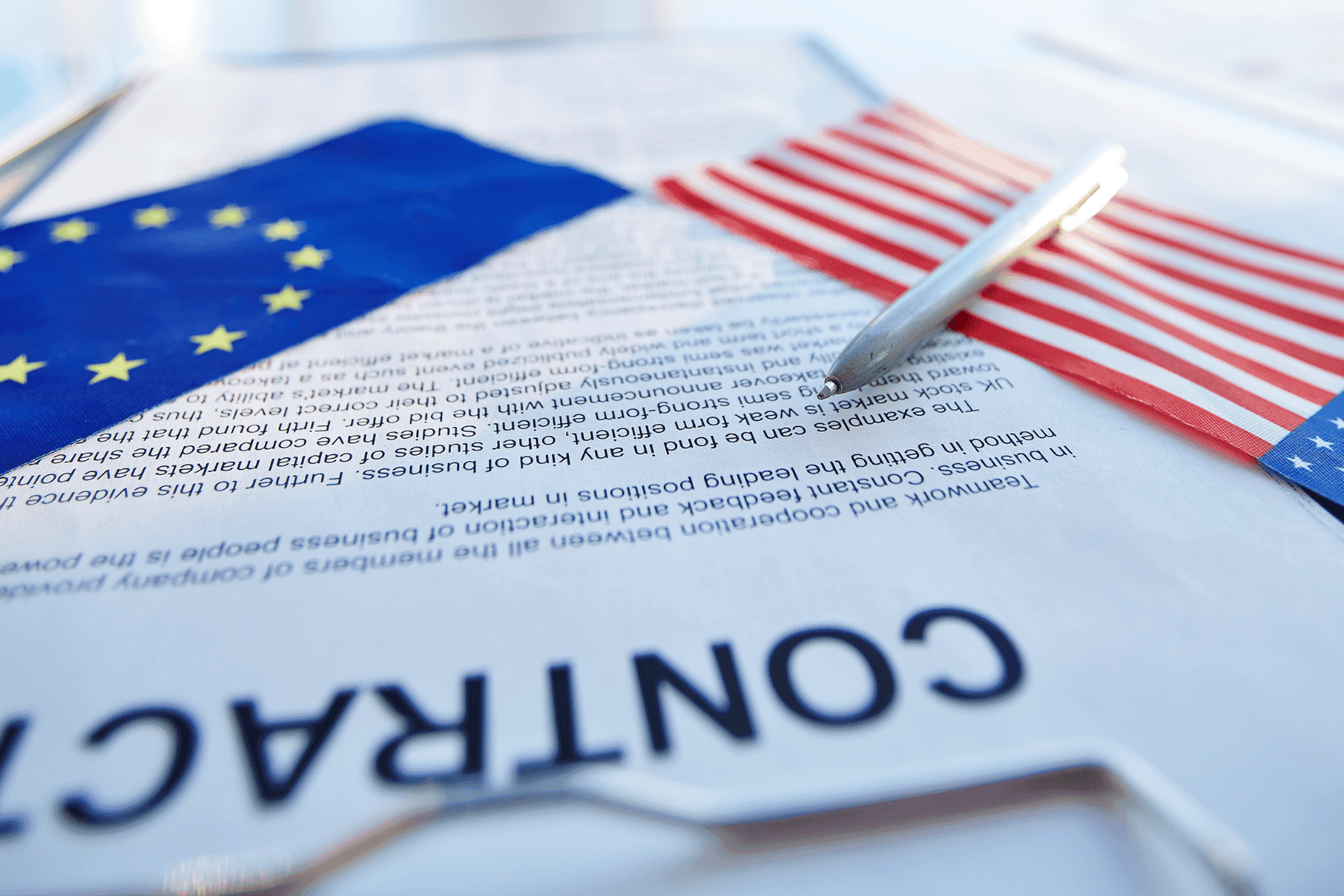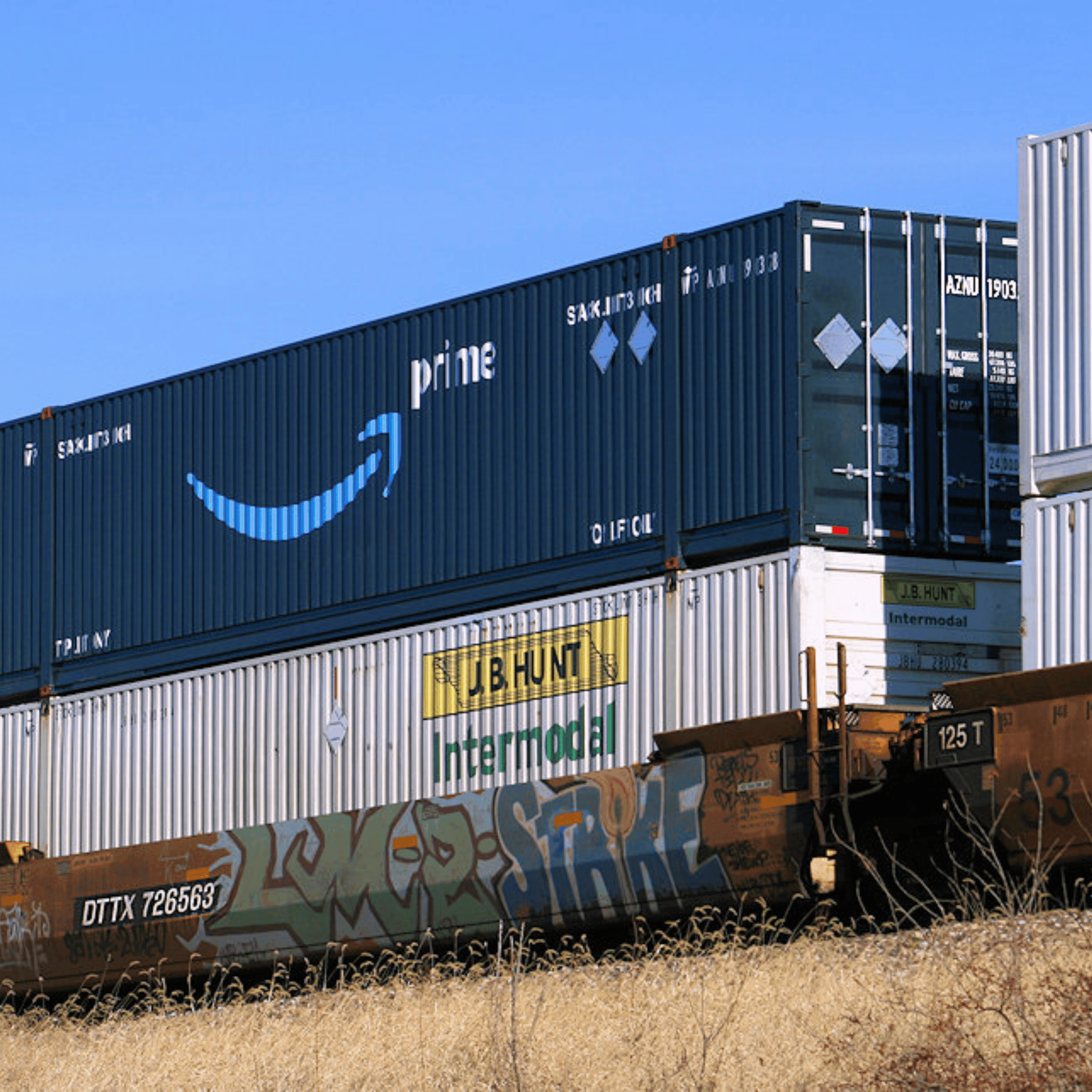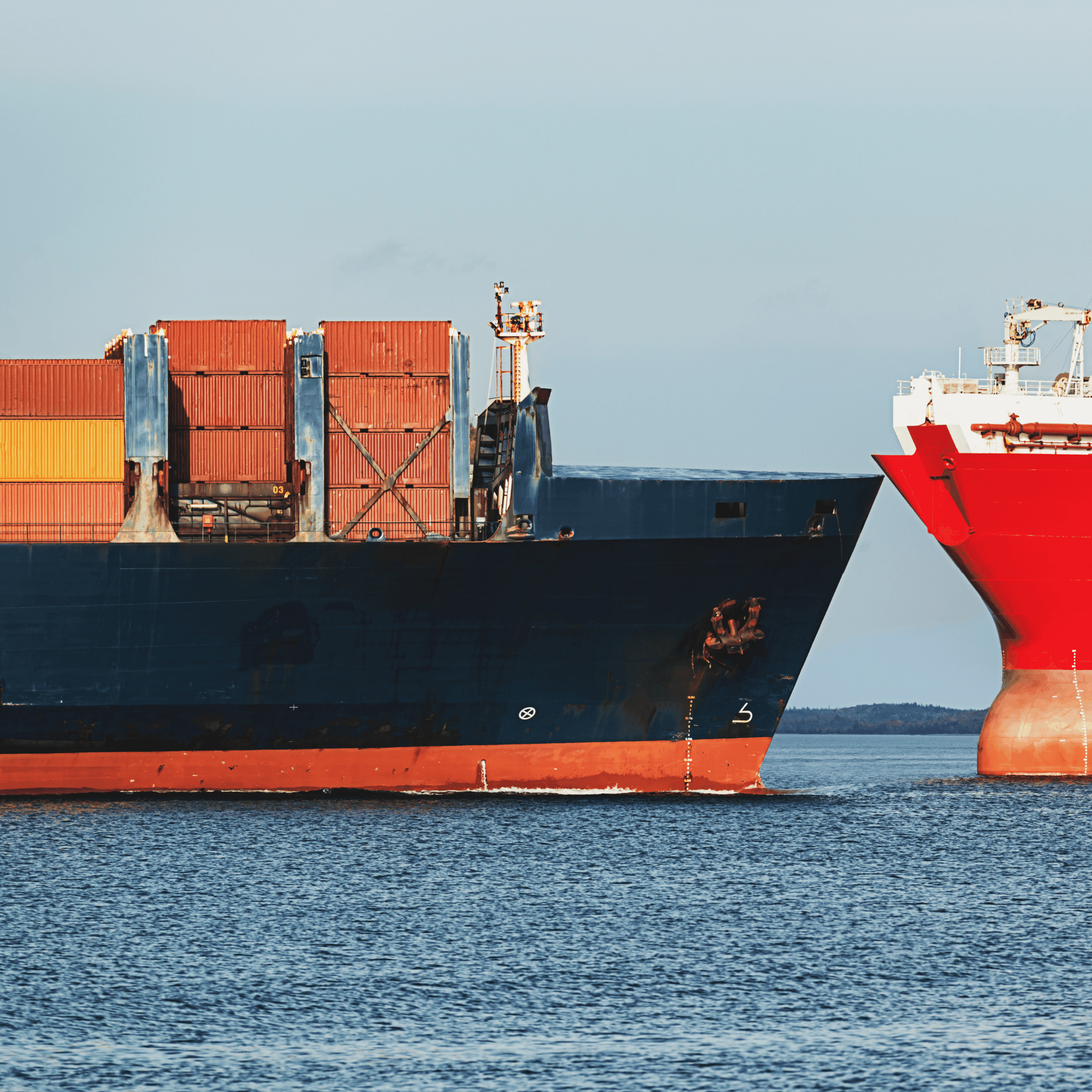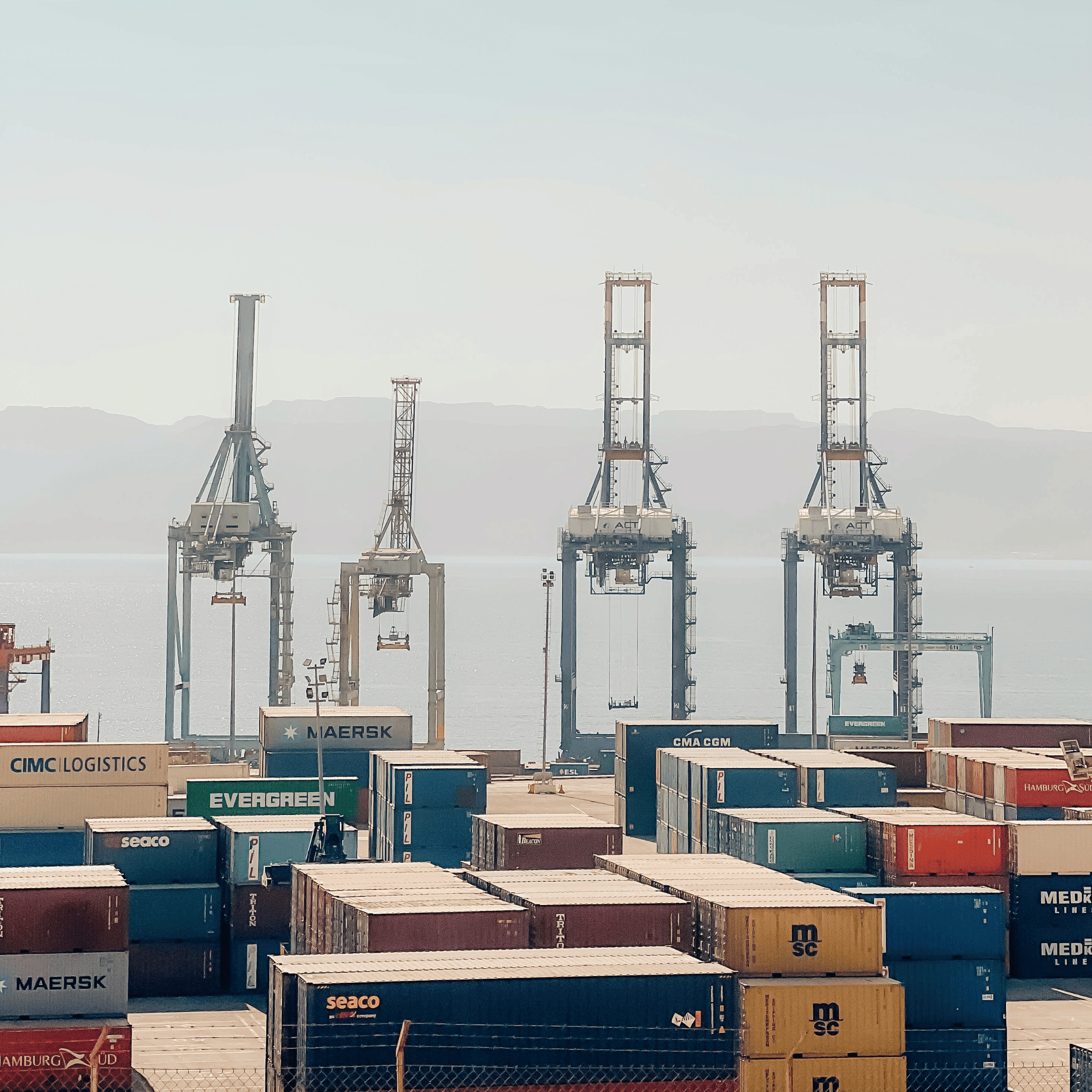In the age of globalization, where businesses operate across borders, effective logistics management has emerged as a competitive differentiator. As businesses contemplate their supply chain strategies, they’re frequently presented with the choice of collaborating with domestic or international third-party logistics (3PL) providers. This article offers a comprehensive exploration of the key differences between these two types of providers, the unique challenges they face, and the strategies they employ.
Introduction
3PL providers are the logistical backbone of many businesses, responsible for various supply chain functions, ranging from transportation and warehousing to distribution. While their core offerings might seem similar at first glance, the landscape in which they operate – domestic or international – dictates the breadth and depth of their capabilities.
Unpacking the Differences
Scope of Operations
International 3PLs operate in a global theater, ensuring that goods are moved efficiently across international borders. They deal with diverse transportation modes, including air, sea, and road across countries.
Domestic 3PLs work within the confines of a single nation. Their expertise revolves around ensuring smooth logistics operations within that specific geographic boundary.
Regulatory Environment
International 3PLs grapple with the regulatory frameworks of multiple countries. This includes customs regulations, trade agreements, international maritime laws, and more.
Domestic 3PLs have a more concentrated regulatory environment to manage. Their primary concerns involve national or state/provincial regulations.
Cultural and Language Nuances
International 3PLs navigate the waters of cultural diversity, language differences, and varying business etiquettes.
Domestic 3PLs might have an advantage with linguistic and cultural homogeneity, making communications and operations relatively streamlined.
Unique Challanges
International 3PL Challenges
Diverse Customs Procedures: Each country has its own set of customs protocols. This diversity mandates an intricate understanding of procedures and documentation.
Geopolitical Sensitivities: Political tensions, trade embargos, and other geopolitical issues can disrupt operations.
Currency Volatility: Exchange rate fluctuations can significantly impact costs and profit margins.
Domestic 3PL Challenges
Local Competition: The domestic market, being narrower in scope, often breeds intense competition among providers.
Infrastructure Dependencies: Domestic 3PLs are heavily dependent on the quality and reliability of the nation’s infrastructure, such as roads and railways.
Market Dynamics: Local market shifts, such as changing consumer preferences or regional economic fluctuations, can impact demand and operations.
Strategic Imperatives
International 3PL Strategies
Localization: Tailoring services to meet the specific needs of each country or region ensures greater client satisfaction.
Diversification: Expanding into various regions can shield from region-specific economic downturns or geopolitical issues.
Technological Integration: Leveraging technology, from blockchain for transparent transactions to IoT for real-time tracking, can bolster efficiency.
Domestic 3PL Strategies
Deep Market Penetration: Given the limited geographic scope, penetrating deeper into the local market segments can be a growth catalyst.
Partnerships: Forming strategic alliances with local players, such as retailers or e-commerce platforms, can provide a competitive edge.
Sustainability: In many domestic markets, a focus on green logistics and sustainable practices can be a differentiator.
Making the Right Choice
Ultimately, the decision between an international and a domestic 3PL hinges on a business’s specific needs. For entities that require cross-border services, the expansive capabilities of international 3PLs are indispensable. Conversely, for businesses whose operations are concentrated within a nation, the local expertise of a domestic 3PL is invaluable.
Conclusion
While the logistical core – ensuring goods are transported efficiently – remains constant, the operational, regulatory, and strategic nuances of international and domestic 3PLs vary widely. As businesses aim to optimize their supply chains, a granular understanding of these differences is crucial to forge partnerships that drive growth and efficiency.






